|
Arthritis & Foot Pain: Tips to Ease Pain 8 Ways to Manage that Arthritic Foot Pain 1. Exercise – Stretching, range of motion, and functional exercises are all ideal for preventing arthritic foot pain. 2. Weight Loss – Weight puts plenty of stress and strain on your joints. If you are overweight, shedding excess kilos can make a significant difference to your feet. 3. Supportive Footwear – Invest in shoes that provide your foot with support and feature a high, wide toe box. Shoes with rocker-bottom soles are a good choice for those suffering from ankle pain. You should avoid wearing high heel shoes and shoes with pointed toes. 4. Knee, Ankle and Foot Supports – Elastic bandages and braces that provide mild compression and support can help reduce stress placed on joints. 5. Heat/Cold Therapy – Apply heating pads or ice packs to inflammed joints can help aches and pains. 6. Glucosamine with Chondroitin Supplements – Supplements may help to slow the deterioration of cartilage between joint bone and reduce pain. 7. Over The Counter Pain Medication – Over the counter medication such as aspirin and ibuprofen may help with Arthritic foot pain. 8. Surgery – Surgical techniques on feet has improved dramatically over the past 10 years with greater success rates. Remember, it is not normal for joints to hurt anywhere in your body. If you are experiencing frequent or recurring foot pain, it is time you talked to a foot health expert. |
An overview of the main structures of the feet. Each foot is made up of 28 bones, 30 joints and more than 100 muscles, tendons and ligaments, all of which work together to provide support, balance and mobility. |
Bones Nearly one-fourth of the body's bones are in our feet. The bones of the feet are:
Joints Joints in the feet are formed wherever two or more of these bones meet. Except for the big toe, each of the toes has three joints, which include:
Each big toe has two joints:
The surfaces of the bones where they meet to form joints are covered with a layer of cartilage, which allows them to glide smoothly against one another as they move. The joints are enclosed by a fibrous capsule that is lined with a thin membrane called the synovium, which secretes a fluid to lubricate the joints. | Muscles Twenty muscles give the foot its shape, support and the ability to move. The main muscles of the foot are:
Tendons and Ligaments Many tendons attach these muscles to the bones and ligaments that hold the bones together to maintain the foot's arch. The main tendon of the foot is the Achilles tendon, which runs from the calf muscle to the heel. The Achilles tendon makes it possible to run, jump, climb stairs and stand on your toes. The main ligaments of the foot are:
|
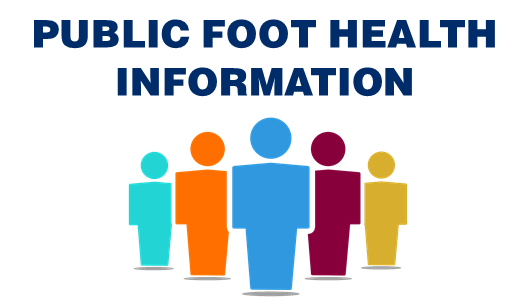

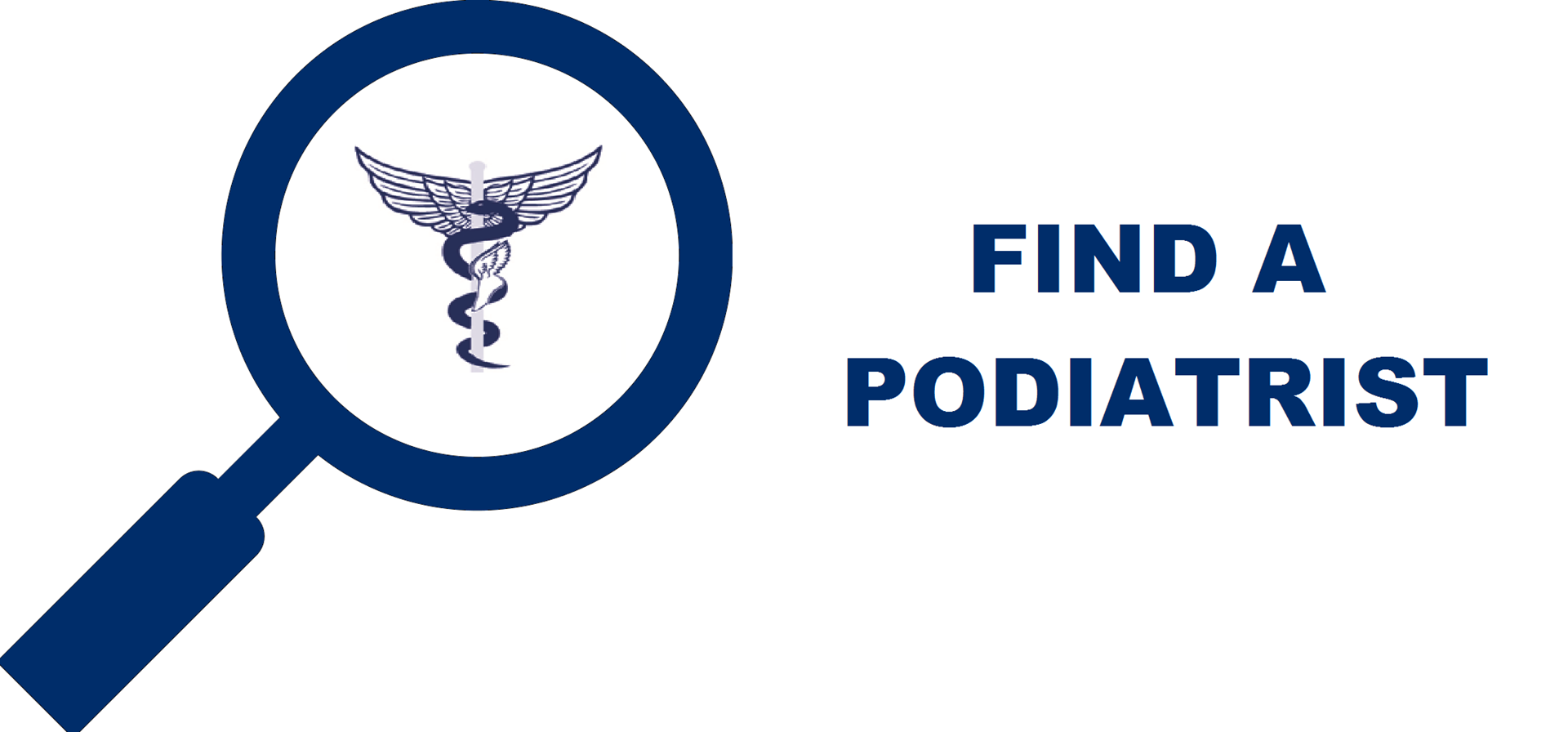
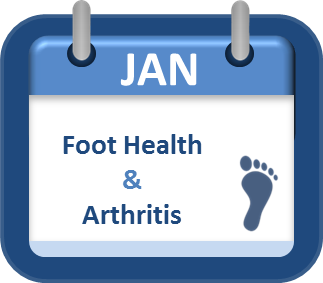
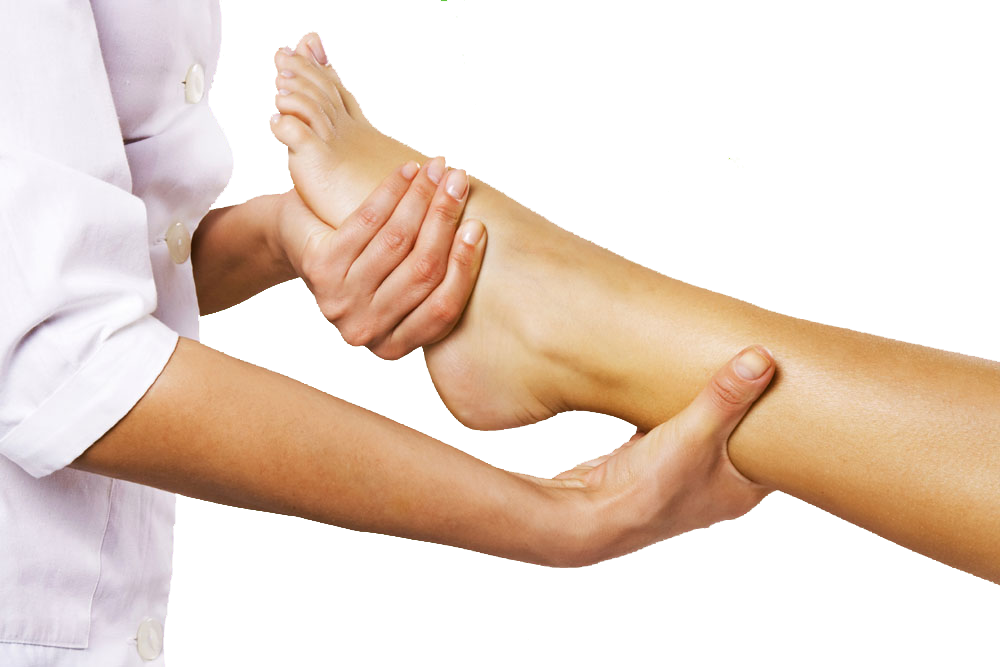
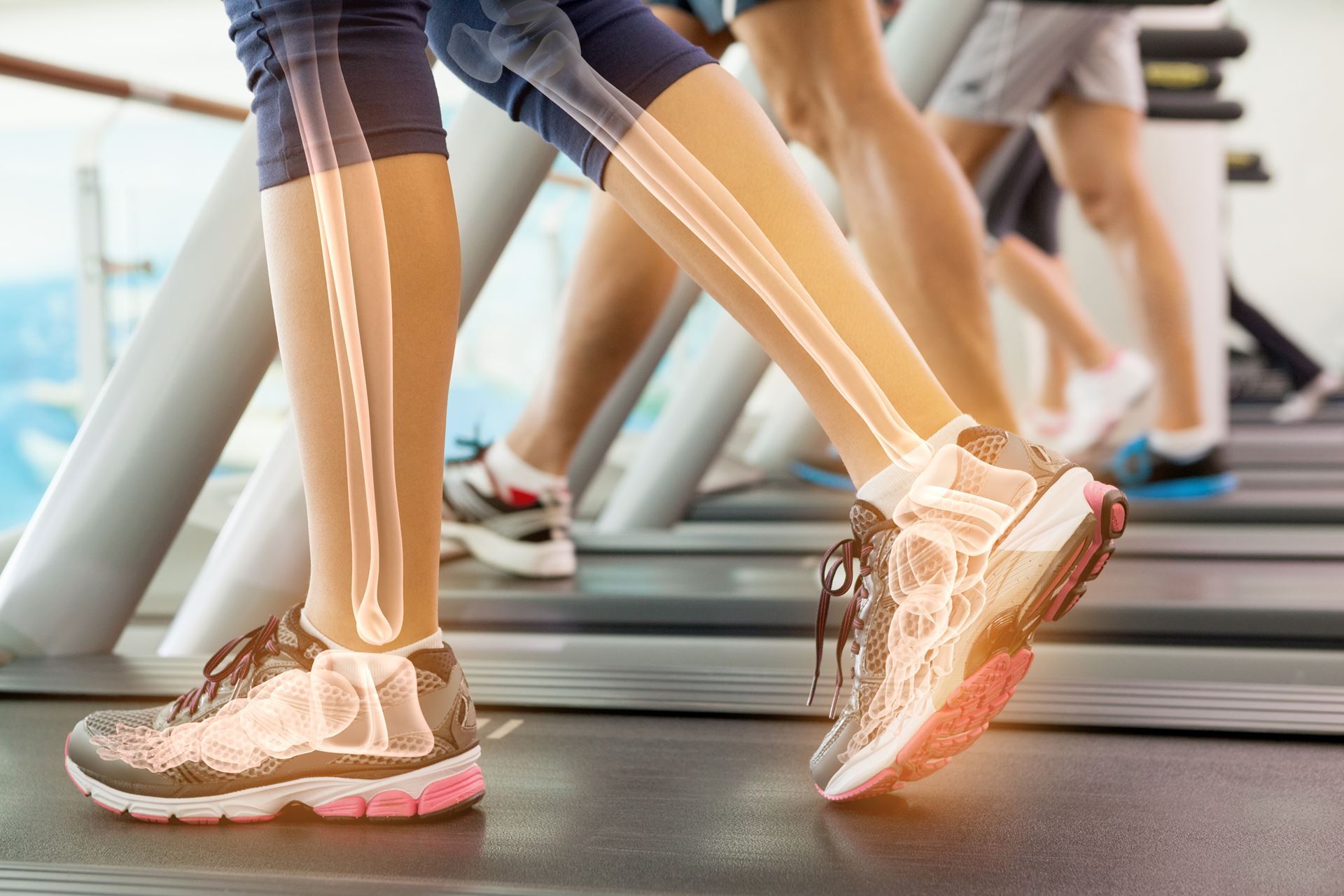 The Foot Primer: Bones, Joints, Muscles, Tendons & Ligaments
The Foot Primer: Bones, Joints, Muscles, Tendons & Ligaments